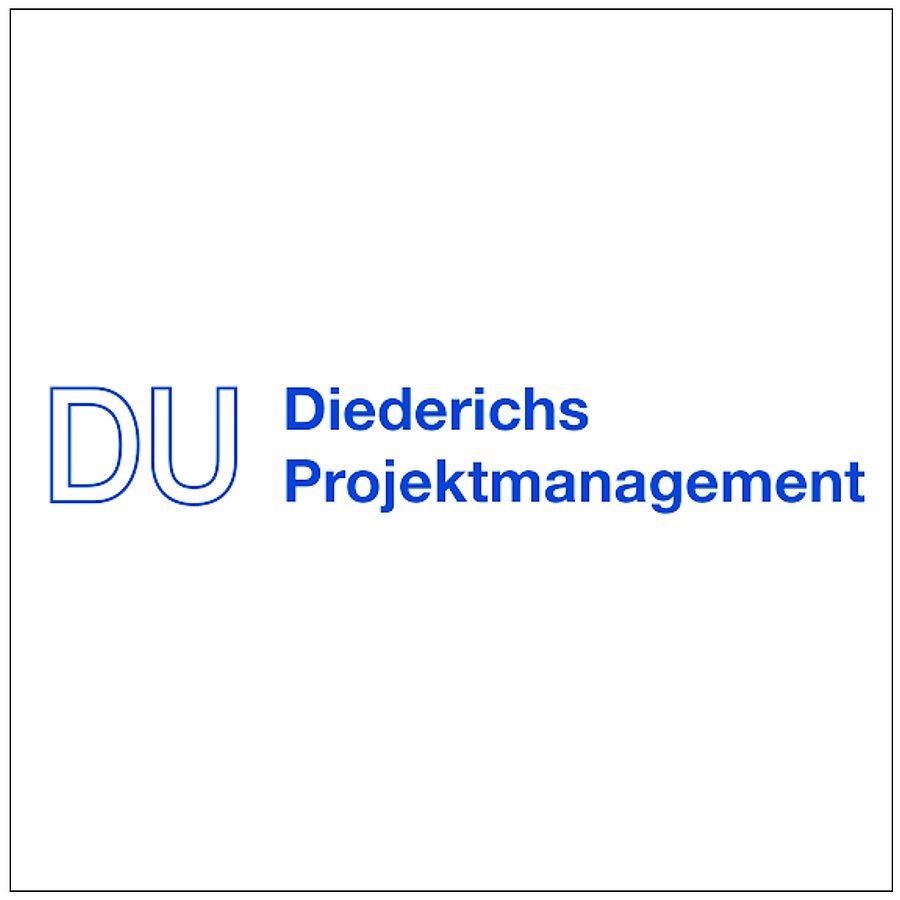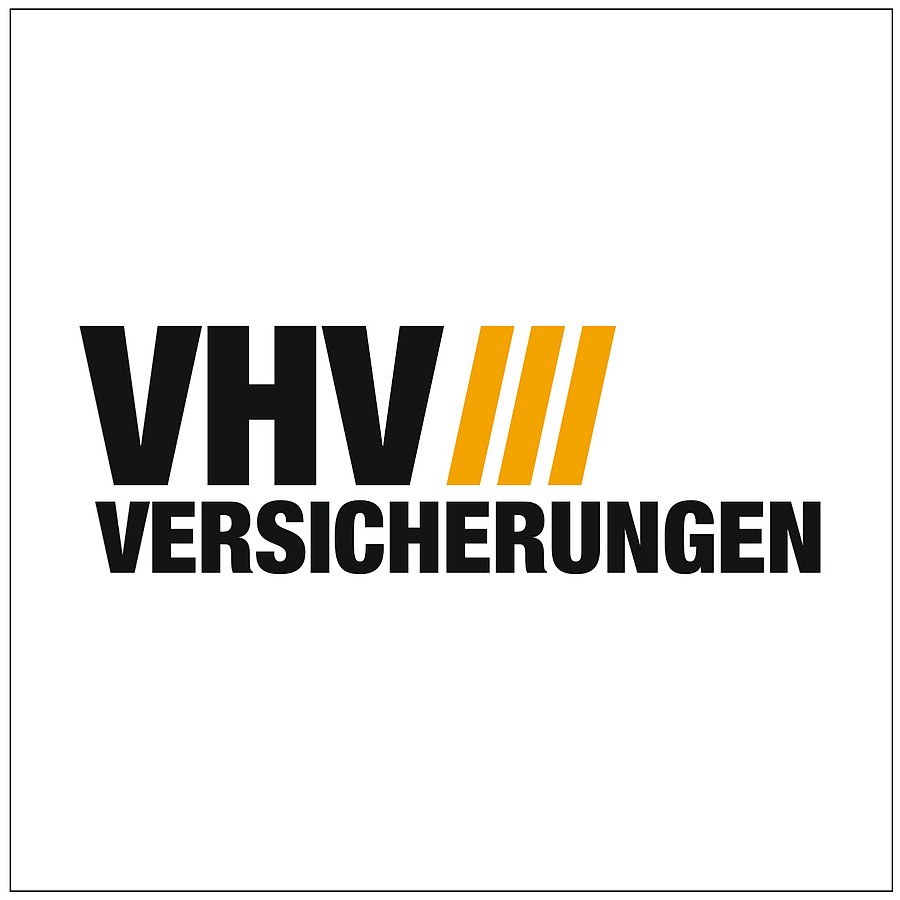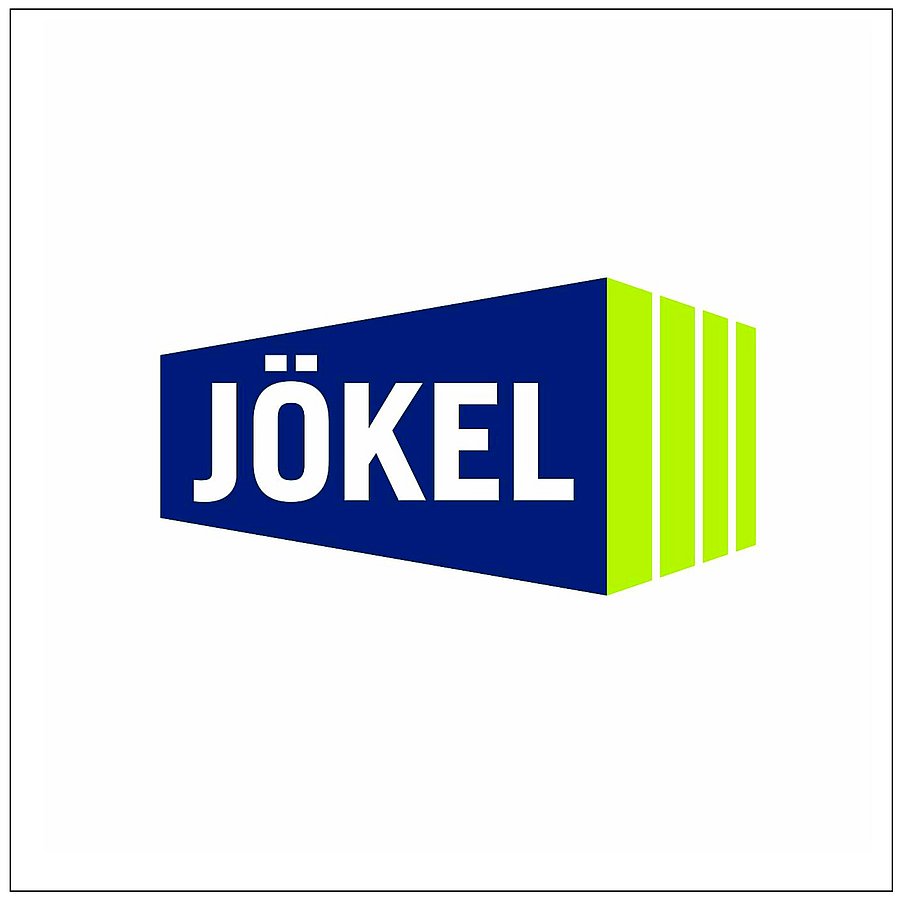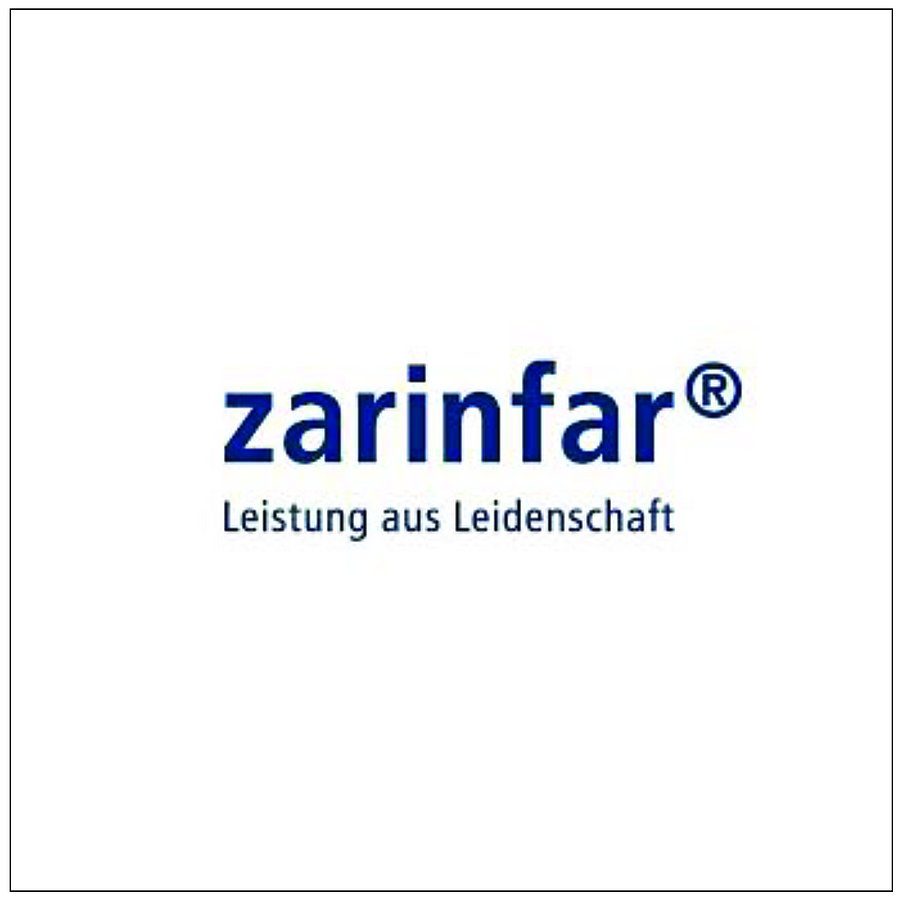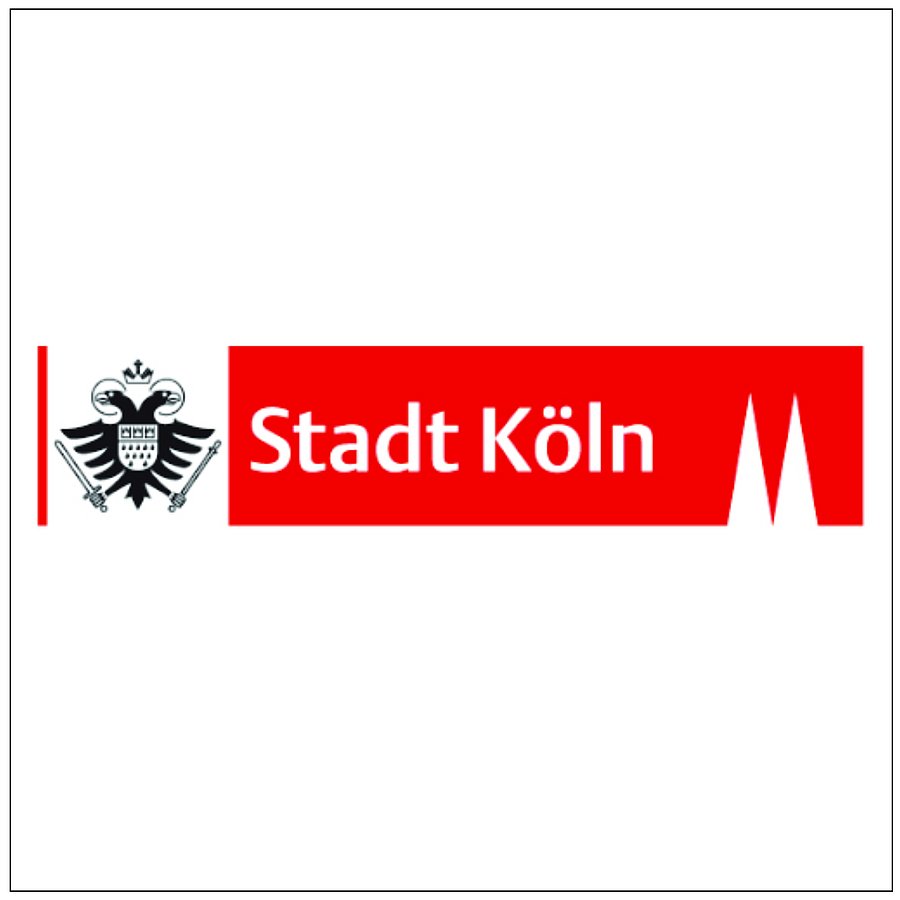BIM-basiertes Risikomanagement
Actions to implement efficient project risk management through the use of the BIM method
Funders: Bundesinstitut für Bau-, Stadt- und Raumforschung (BBSR) im Rahmen der Forschungsinitiative Zukunft Bau
Project term: 03/2019 bis 08/2022
At the beginning of a construction project, costs, deadlines and qualities are determined, which must be adhered to throughout the entire construction process until completion. For building owners, a reliable schedule and cost forecast over the entire duration of the project is of particular interest. For construction companies, the realisation phase in particular offers the highest value-added potential. Project risk management is therefore considered from both perspectives in this research project. It is considered from the perspective of the construction company and the client.
The risk management processes of the entire planning and construction phases are set up using the BIM method and the potentials are worked out through the resulting information linkage. This information linkage integrates risk management into the other construction processes and thus strengthens the role of risk management in construction projects. From the construction company's point of view, the focus is on the realisation phase. Here, a more detailed BIM-based consideration of the risks takes place down to the component level. BIM-based risk management enables a qualified and up-to-date risk assessment by digitally recording information on risks in the building data model. With increasing planning accuracy, the information linkage can be continued down to the building component level. Linking the identified risks with components of the digital building model in the realisation phase promotes the integration and thus the acceptance of risk management and visualises its advantages for the project result. Due to the principle of the BIM method "plan first - then build", early consideration of risks from the planning phase onwards can additionally increase schedule, cost and quality security. If countermeasures can be successfully implemented, the companies' results can be significantly increased.
In the form of a demonstrator, risks are linked to components in the data model so that information is available digitally in a system. The interfaces of both perspectives are evaluated and measures are developed on how a more transparent flow of information regarding risk management can increase the achievement of goals on both sides.
The conclusion of the research project serves to validate and verify the results in practice. As part of a project extension, the results from the current research project will be further detailed for the area of the influence of potential risks on scheduling during construction from the construction company's point of view. The risk management process, consisting of identification, assessment, control and monitoring, is integrated into the scheduling of construction work. The guideline for setting up BIM applications prepared by BUW serves as a basis here (cf. www.biminstitut.de). The results are made available to the public in a suitable form, for example via a video.
Praxispartner

